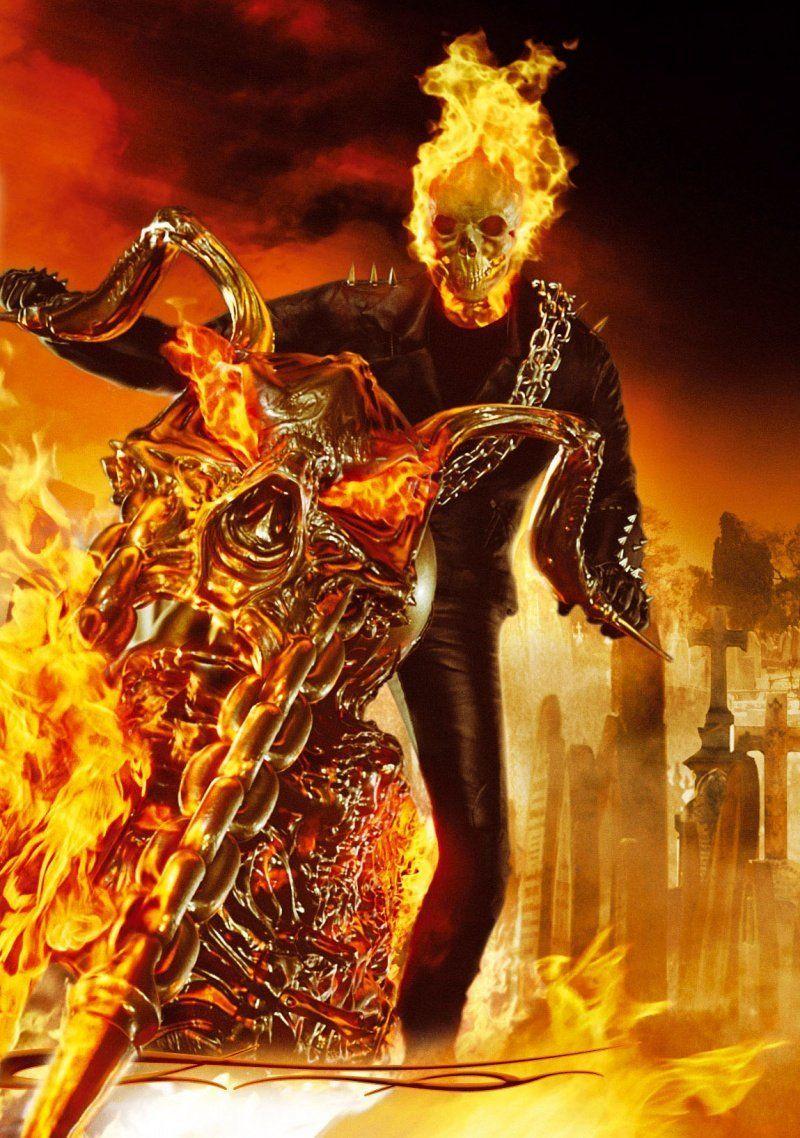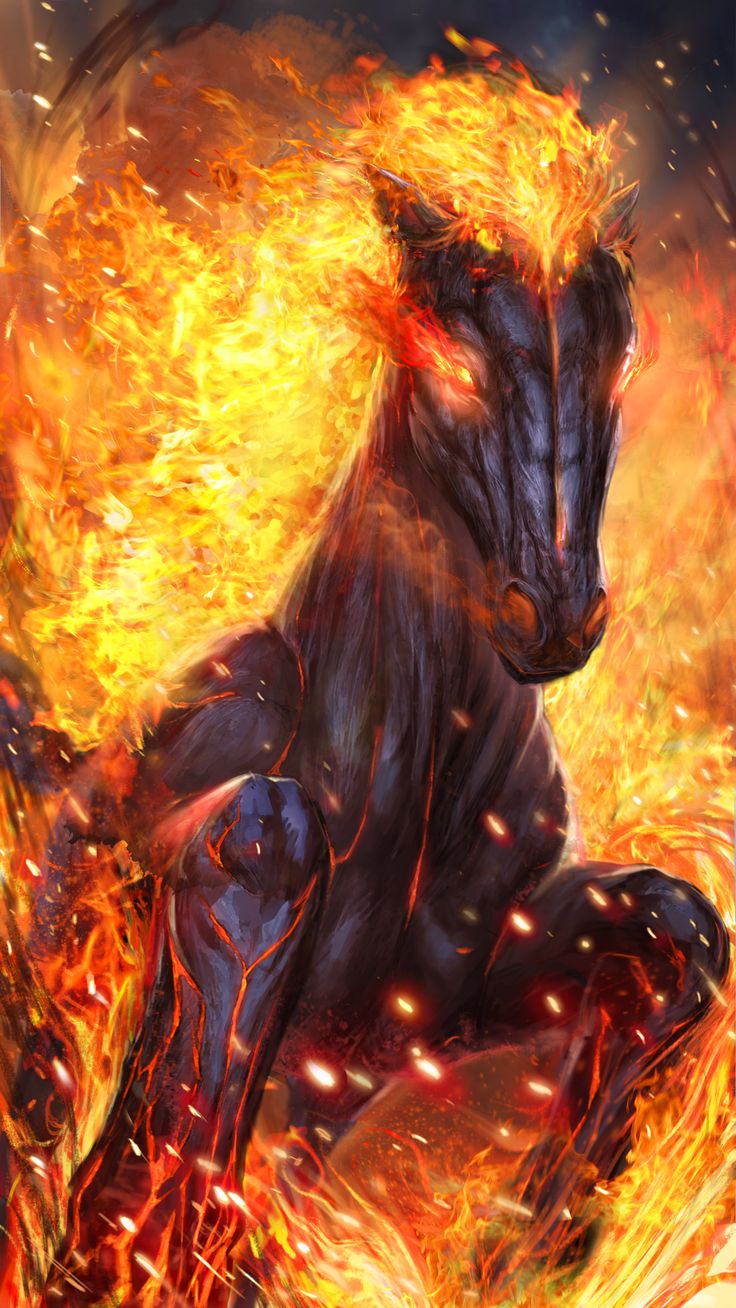

The public good, therefore, does not get built and thus a free rider problem is created. Therefore, both people would come to the conclusion that it would be unwise to contribute. On the other hand, if Adel thinks that Tom will contribute, she would gain more by not contributing.

The rationale is as follows: if Adel thinks that Tom will not contribute, she would lose $1 for contributing. In the prisoner’s dilemma game above, we can see that both Tom and Adel would attempt to free ride (not contribute). If neither Adel nor Tom contributes to the public good, there would be no costs and no benefits of the public good (net gain of $0).(This is because the benefit of the public good is divided among all members of society). For example, if Adel contributes and Tom does not contribute, Abel would be contributing $6 for a net gain of -$1 and Tom would be contributing $0 for a net gain of +$5. Each person gains $5 and the person who contributes would realize a net gain of -$1 while the person who does not contribute would realize a net gain of +$5. If one person contributes but the other does not, the total benefit would only be $10.Each person gains $10 for a net gain of +$4 ($10 – $6). If Tom and Adel both contribute, the total benefit would be $20.However, individuals see an incentive to free ride as the benefit of this public good is freely available among the members of society. It is a good idea for society as a whole, as the benefit is greater than the cost (each person contributing $6 would receive a benefit of $10). The personal cost of contributing is $6 and the benefit of the contribution is $10. Imagine there are two people, Tom and Adel, who are considering a contribution to a public good. The free rider problem can be illustrated through a prisoner’s dilemma game. Understanding Why People are Free Riders Through a Prisoner’s Dilemma Game

Public goods create a free rider problem because consumers are able to utilize public goods without paying for them.

The problem is commonly seen with public goods (goods with non-excludable benefits). Therefore, this would create a free rider problem. If there are too many free riders, the resources, goods, or services may be overprovided. The free rider problem is an economic concept of a market failure that occurs when people are benefiting from resources, goods, or services that they do not pay for. In other words, free riders are those who utilize goods without paying for their use. A free rider is a person who benefits from something without expending effort or paying for it.


 0 kommentar(er)
0 kommentar(er)
